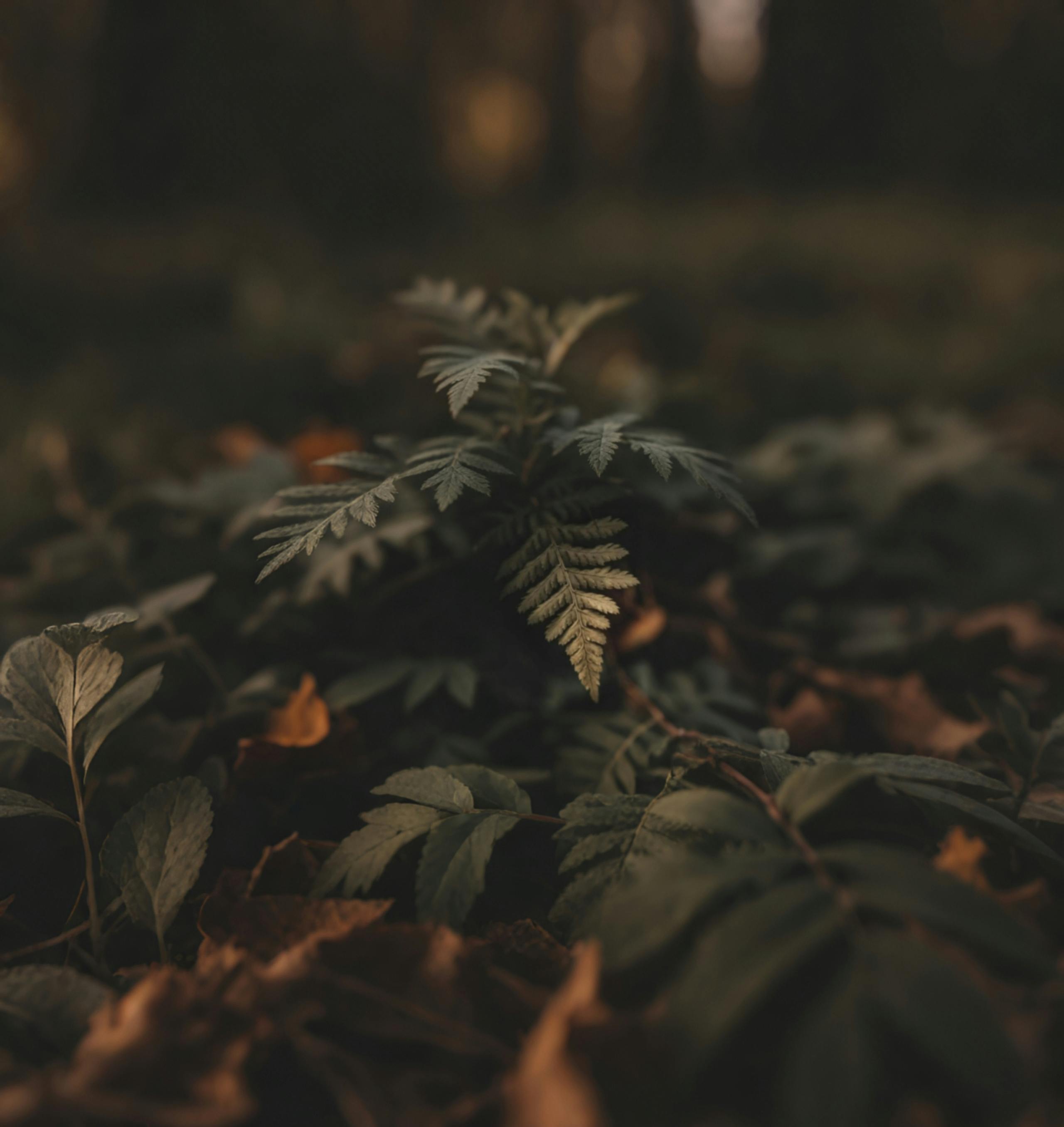Essential Guide to Schnecken: Understanding Their World
Schnecken, commonly known as snails, are fascinating creatures that play significant roles in various ecosystems. Their unique biology and diverse species make them intriguing subjects for observation and research. In this guide, we will delve into the different types of schnecken, including the popular Weinbergschnecke and the less traditional Nacktschnecke, as well as discuss their habitats, diets, and care needs. Understanding schnecken not only enriches our appreciation of these land and aquatic creatures but also highlights their ecological importance.
In addition to enjoyment and fascination, learning about schnecken can benefit gardening, agriculture, and even culinary practices. Snails contribute to soil health by breaking down organic material while also serving as indicators of environmental health due to their sensitivity to pollutants. This article will provide insights into the types of schnecken and their behaviors, as well as practical tips on their care and potential uses in various contexts.
By the end of this guide, readers will gain a comprehensive understanding of schnecken species, proper care techniques, and their ecological roles. Let’s embark on this journey to learn about these captivating slow movers!
Complete Guide to Schneckenarten: Diversity and Classification
Understanding Different Schneckenarten
Schneckenarten, or snail species, encompass a wide range of types, each adapted to its environment. Some of the most common include the Weinbergschnecke, known for its coiled shell, and the Nacktschnecke, which lacks a shell and is often considered a garden pest. Understanding these different species is crucial for proper care and appreciation.
Weinbergschnecken, or Helix pomatia, thrive in warmer climates and are often found in fields and gardens. These snails are not only important for their ecological roles but also enjoyed as a delicacy in many European cuisines. Meanwhile, Nacktschnecken, or slugs, present a unique challenge because they can cause significant damage to gardens. Despite their reputation as pests, they play critical roles in decomposing organic matter.
Distribution and Habitats
Each schnecken species has specific habitat requirements. Landlebende Schnecken, including common garden species, prefer moist environments with plenty of organic matter. In contrast, Süßwasserschnecken, such as those found in ponds and lakes, have adapted to aquatic life. Understanding the habitat preferences of different schnecken is essential for anyone looking to observe or care for them.
Teichschnecken, found in freshwater bodies, often help maintain water quality by consuming algae and decaying plant material. These snails contribute to the overall health of aquatic ecosystems, underscoring the importance of habitat preservation.
Impact of Environmental Changes on Schneckenverbreitung
The distribution of schnecken species is significantly influenced by environmental factors. Climate change, habitat destruction, and pollution are all detrimental to their populations. Schneckenforschung highlights how these changes affect snail behavior and survival rates, making it imperative to protect their habitats and monitor their population dynamics.
How to Care for Your Schnecken: Practical Tips and Techniques
Setting Up the Perfect Habitat
Creating an ideal environment for your schnecken is crucial for their health and happiness. If you’re raising landlebende Schnecken, a terrarium with ample soil, moisture, and hiding spots is essential. Use safe plants like schneckenfreundliche Pflanzen to provide shelter and food. For Süßwasserschnecken, a well-maintained aquarium with appropriate filtration and vegetation is recommended.
Feeding Your Schnecken: What to Provide
Schneckenfutter is an important consideration for their health. They thrive on a diet rich in leafy greens, fruits, and vegetables. Offering specific Schneckenfutterpflanzen can enhance their development and promote healthy growth, while also preventing common Schneckenkrankheiten.
Common Mistakes in Schneckenhaltung
One common mistake is overfeeding, which can lead to poor water quality for aquatic species or a buildup of waste in land habitats. Additionally, neglecting to provide calcium-rich materials can harm the shells of species like the Weinbergschnecke. Regularly monitoring water conditions and habitat cleanliness is vital for ensuring a healthy living environment.
Exploring Schneckenverhalten: Insights into Their Behavior
Social Interactions and Communication
Schnecken are often misunderstood as solitary creatures; however, they exhibit fascinating social behaviors. This includes both mate selection and territorial interactions among certain species. Experiments in Schneckenforschung have shown that environmental cues can influence their communication and social structures, which reflects their adaptability.
Impact of Environmental Factors on Behavior
Environmental factors such as light, humidity, and temperature play significant roles in schnecken behavior. Understanding how these elements affect movement, feeding patterns, and breeding can help anyone interested in observing schnecken more effectively.
Observing Unique Schneckenverhalten
From their methodical slime trails to mating rituals, observing schnecken behavior can be both educational and entertaining. Engaging in Schneckenbeobachtung enhances our understanding of their roles in ecosystems, as well as individual species adaptations. Keeping a journal of observations can also contribute to broader Schneckenforschung initiatives.
Schneckenkrankheiten and Health Management
Identifying Common Health Issues
Just like any pet, schnecken can suffer from various health issues. Recognizing symptoms of Schneckenkrankheiten is essential for their well-being. Symptoms can include shell deformities, sluggishness, or abnormal slime production, indicating potential health mismanagement or environmental stress.
Preventive Care and Best Practices
Maintaining cleanliness in habitats and providing a balanced diet are crucial steps towards preventing health issues in schnecken. Regular health checks can help spot potential problems early, allowing for swift interventions.
Expert Recommendations for Healthy Schneckenhaltung
Experts recommend regular monitoring of environmental conditions and the introduction of varied diets to prevent dietary deficiencies. Experimenting with different feeding techniques can also encourage natural feeding behaviors and improve overall health.
Conclusion: Embracing the World of Schnecken
Schnecken are not only unique creatures deserving of appreciation but also play significant roles in our ecosystems. This guide has provided insights into their diverse species, proper care techniques, and fascinating behaviors. Whether you are an aspiring schneckenhalter or a curious observer, understanding schnecken enhances our connectedness to nature. Now, let’s delve deeper into the world of schnecken by exploring regional varieties or the culinary uses of these remarkable mollusks. With continued research and appreciation, we can ensure a bright future for schnecken in our environments.
